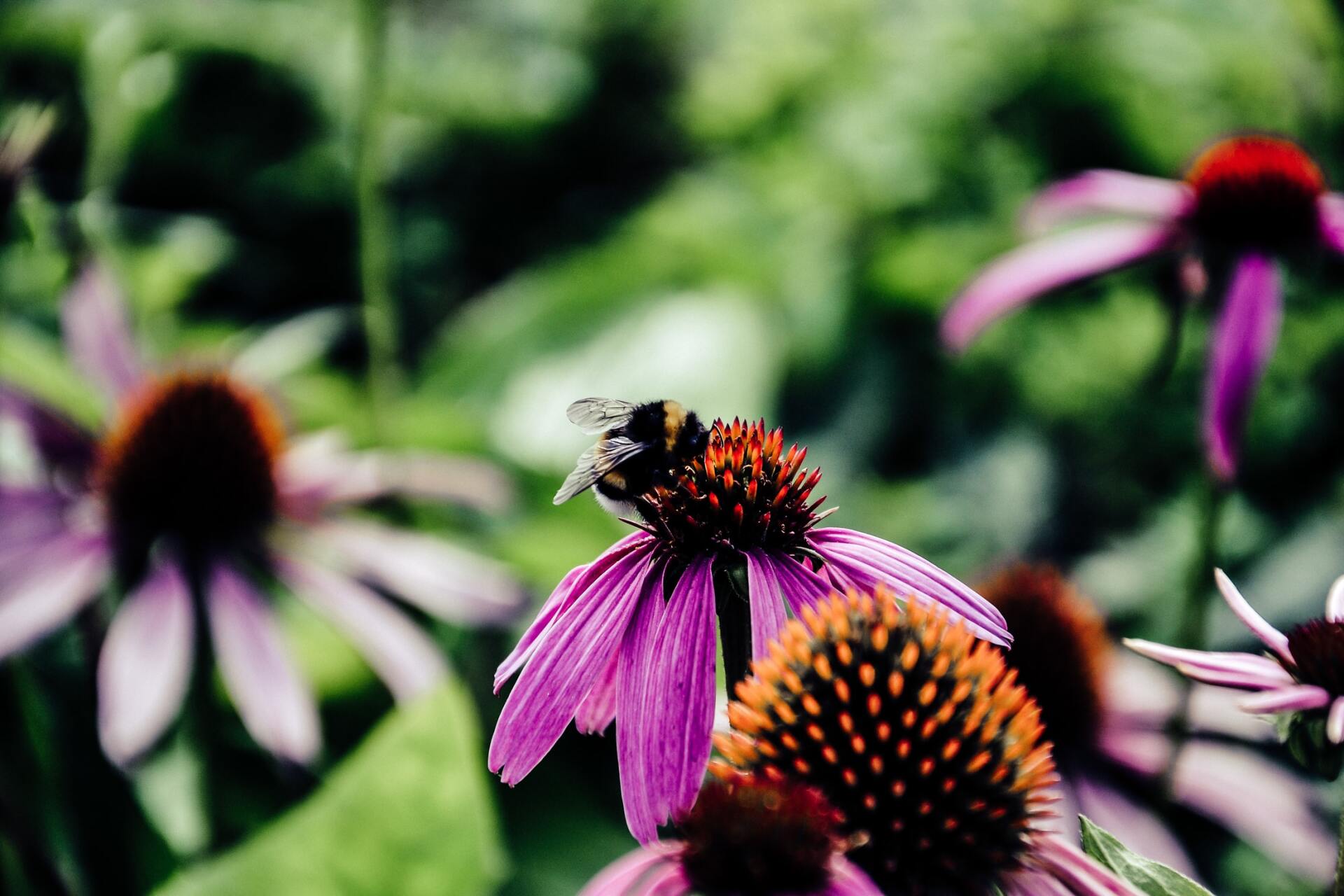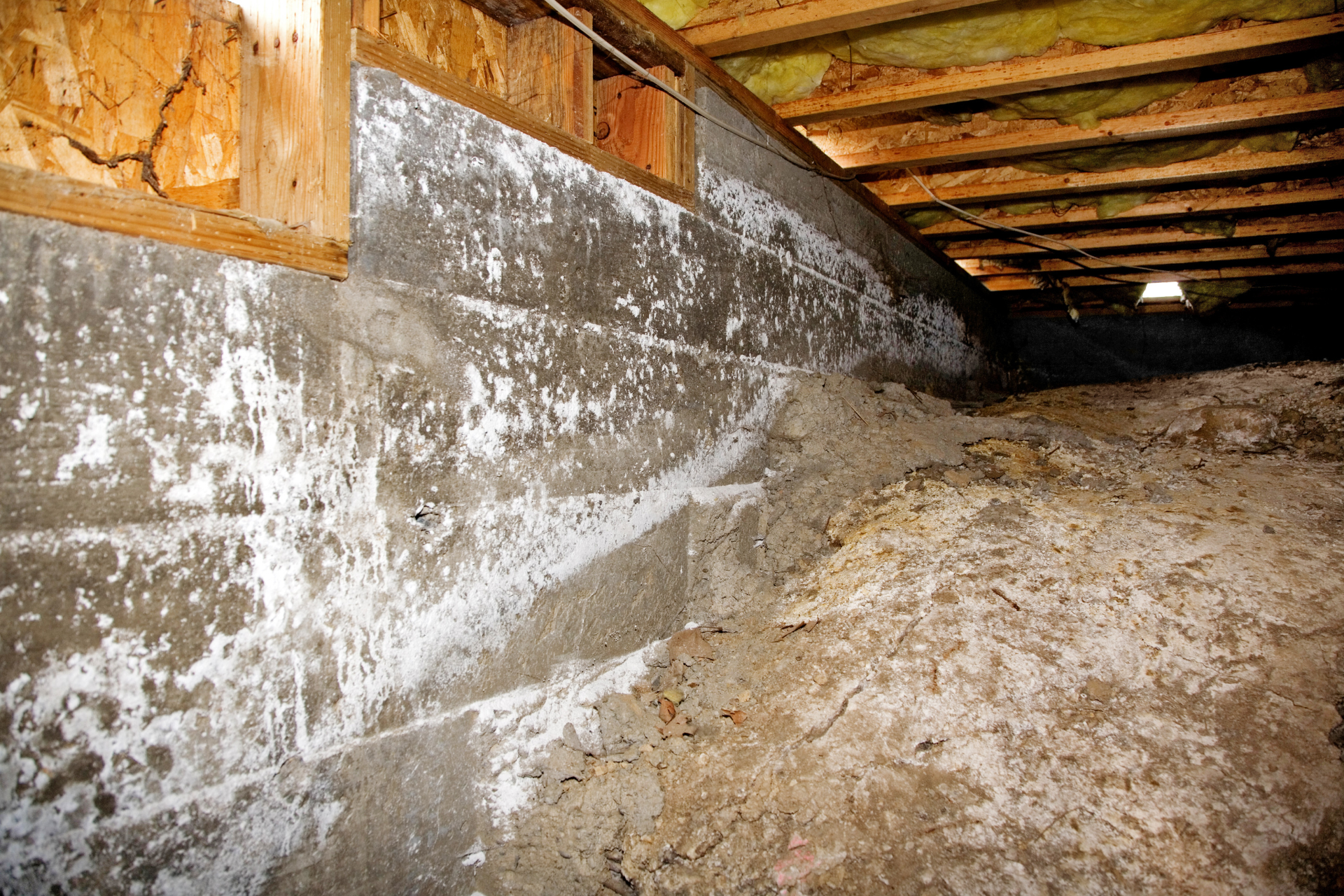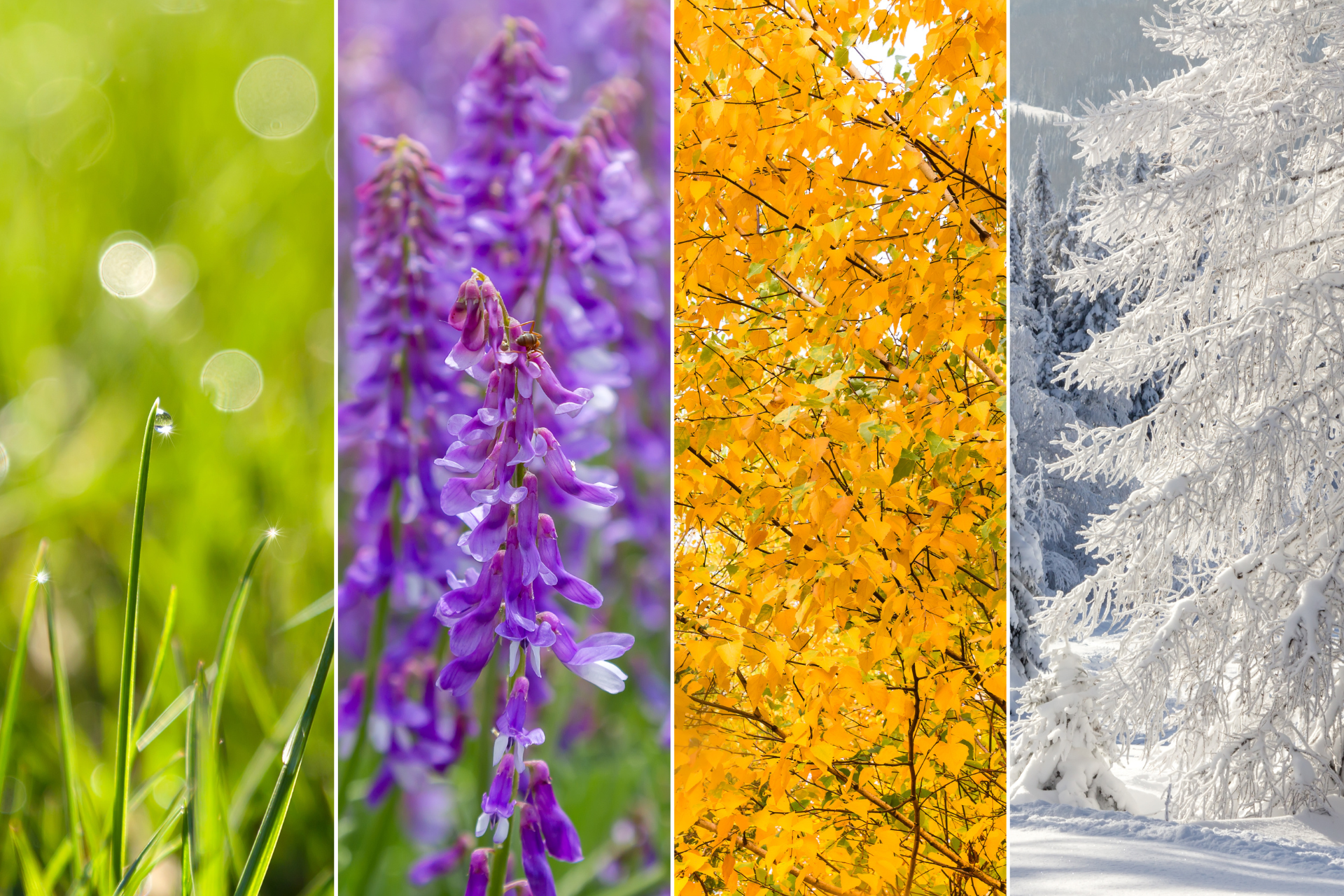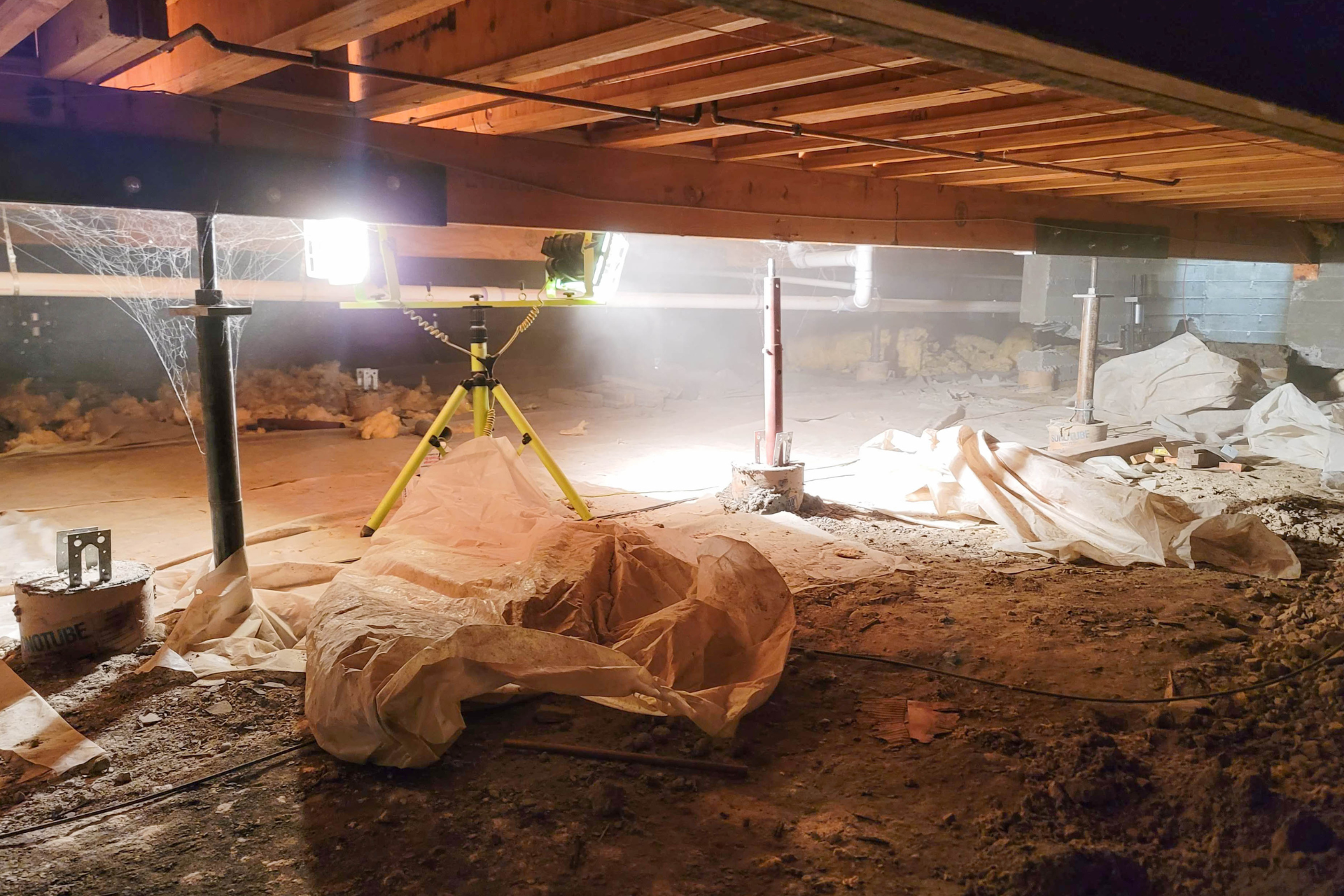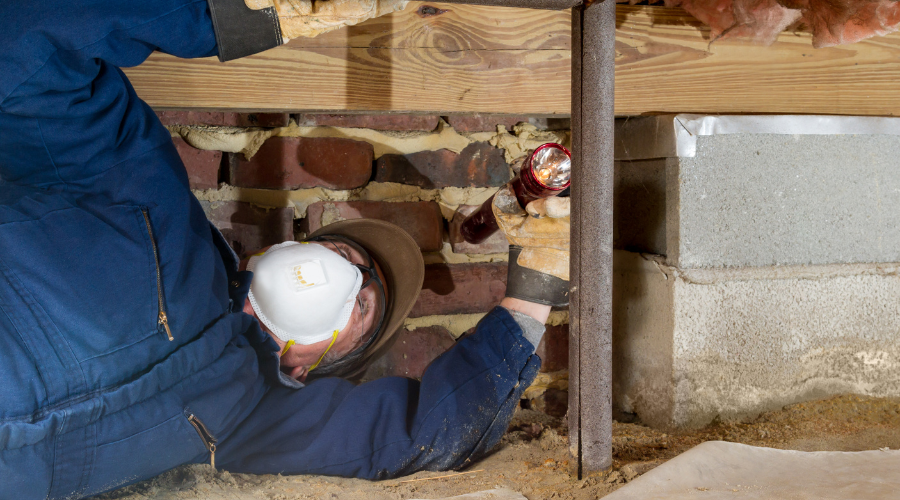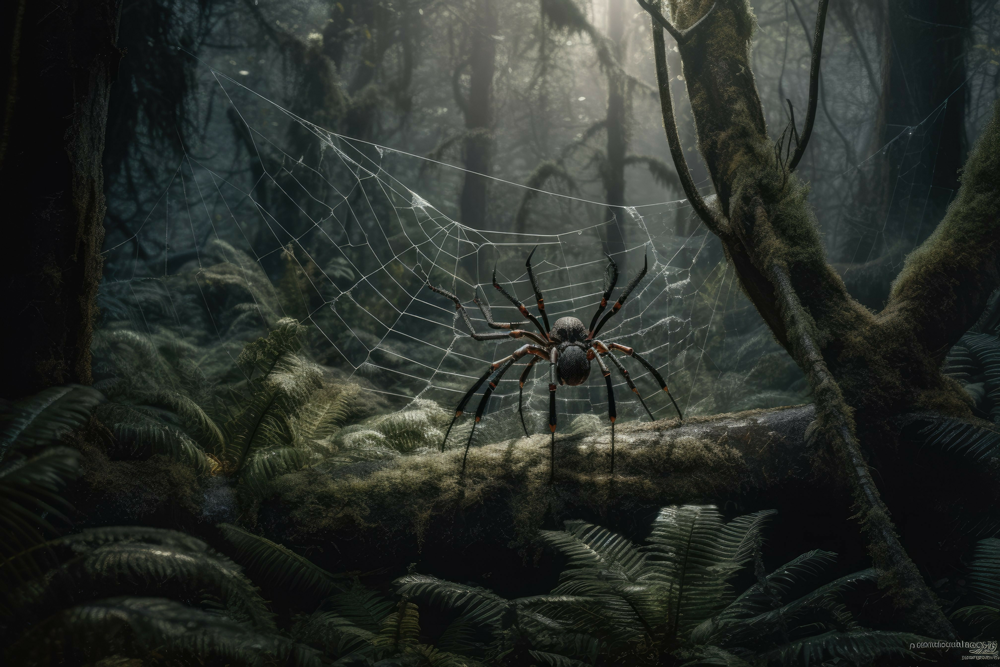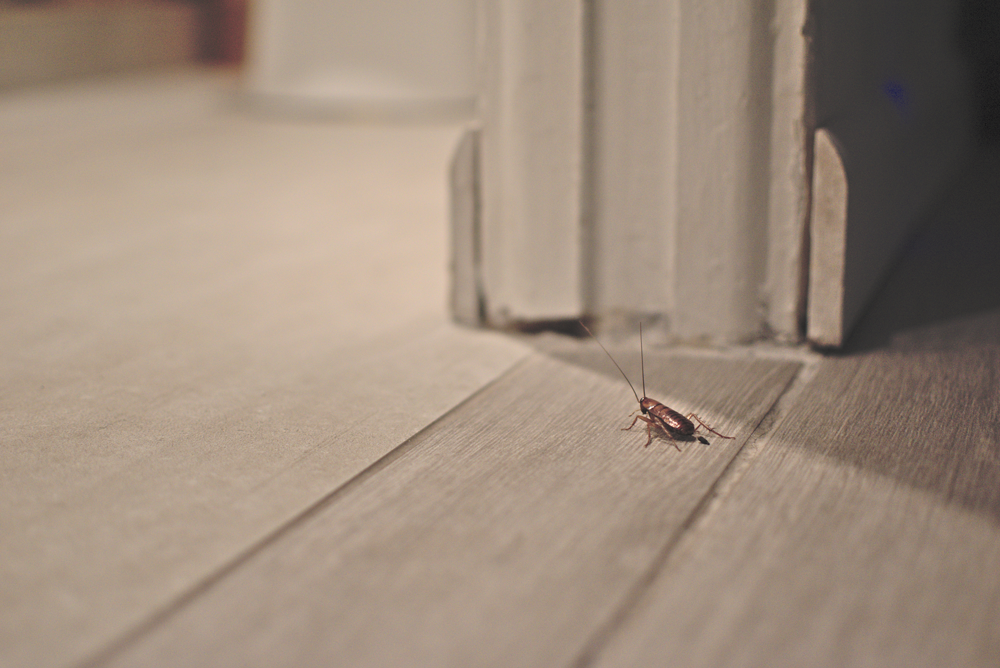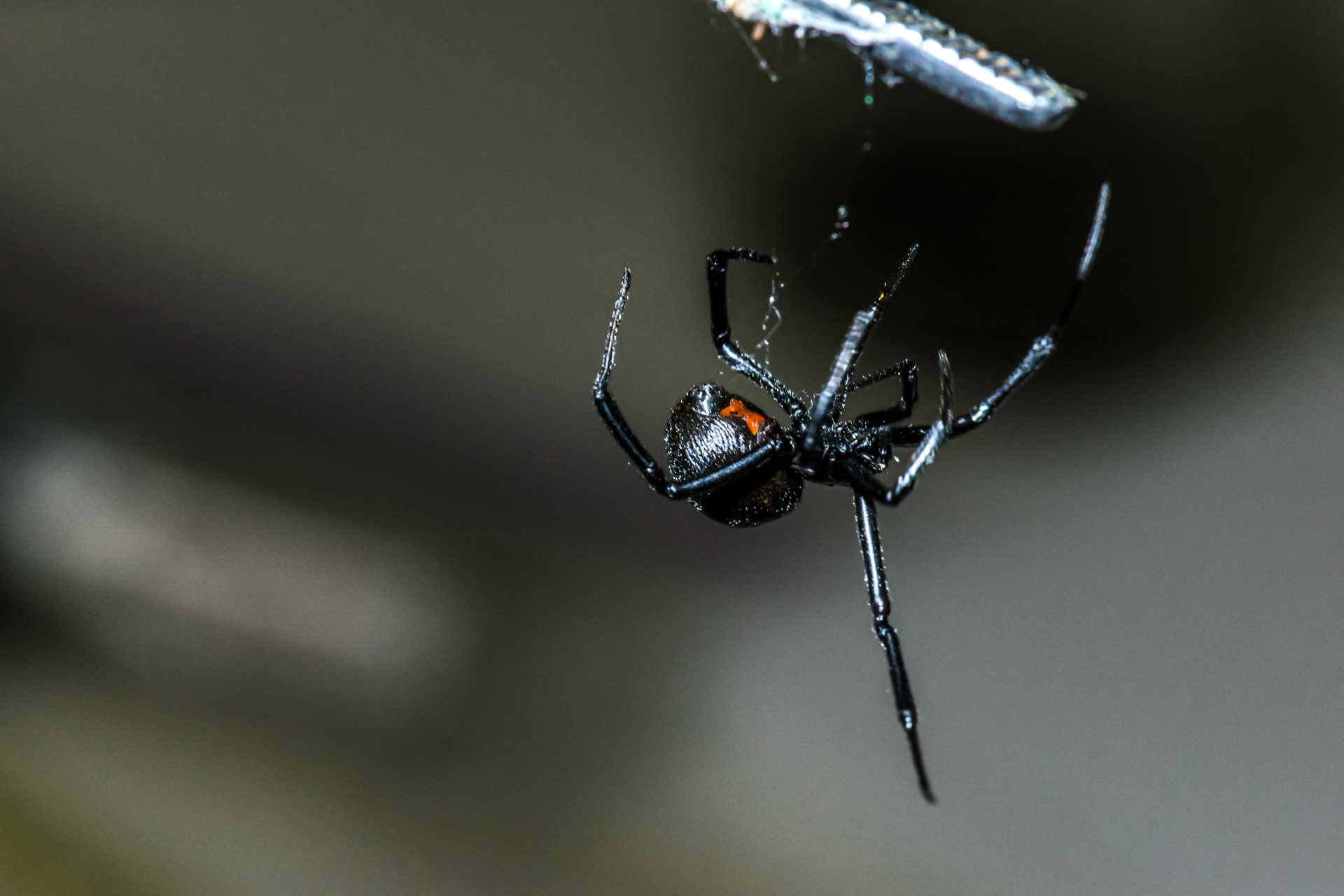Blog Layout
Save our Pollinators
Feb 01, 2021
What Are Pollinators?
The next meal you sit down for thank pollinators for 33% of the bites you take. They are anything that helps carry pollen from one flower to another and fertilizes the plant to produce fruits and seeds. We tend to think of flowers when pollination is mentioned, but pollinators
actually play a role in many kinds of plants and foods, from berries to apples to melons to nuts. There are many different kinds of pollinators. A list of about 350,000 different animal species is responsible for ensuring the growth, spread, and reproduction of between 75% and 95% of all flowering plants on the planet. In total, the creatures touch 180,000 different types of plants, including 1,200 vital food crops.
Bees, butterflies, wasps, and moths are some of the most common insects known to spread pollen. From the list of animals, birds and bats do the heavy lifting. Honeybees do the lion's share of the work, however. In the United States, pollination by honeybees in particular doubles that of all other insects combined. Unfortunately, they're also the pollinators that are suffering most today.
The Value Of Pollination
Not only does the work of those creatures ensure we put food on the table, but the growth of plants also helps supply oxygen and filters the air we breathe. It also stabilizes the soil, creating a healthy root system that allows the earth to flourish. In the United States, bees alone are responsible for about $20 billion of successful crops. When you consider how those crops are used, the products created from them, and the industries that depend on them, the monetary value skyrockets. Half of the world's oils, fibers, and raw materials are dependent on natural pollination by insects and animals. In total, bees and flies worldwide contribute to as much as $577 billion worth of food production.
Why Are Pollinators Declining?
Knowing how important these animals are, you may find it surprising that many of them are at risk. In the United States, as many as one third of commercial honeybee colonies are dying out or vanishing annually. The decline in pollinator populations is attributed largely to a loss in available habitat. As humans develop more property, the area these insects and animals live in shrinks, forcing them to adjust and relocate. Climate change that brings on drought or flooding can kill off flowers, thereby cutting out their food source.
Diseases have also wiped out some pollinators. The creatures hit hardest have been the honeybees. An infectious brood disease called American Foulbrood
has been widespread and massively destructive to the bee population. It affects all aspects of the bees' colonies, from queen to drone to worker larvae. What's worse is it is not easily eradicated; once the disease takes hold of an area, it can last for four decades or longer. Colonies can be afflicted by other illnesses as well. Pollen and nectar from certain plants, like buttercup and rhododendron, are poisonous to bees and can paralyze them. Some viruses can cause deformations of the larvae's wings. Infestations of particular types of mites can cause deformities, too. For instance, the varroa mite feeds on a bug as it's still developing so that it isn't functional once it reaches adulthood. A certain kind of spore that adult bees may eat can multiply in the insect's digestive tract, resulting in Nosema's disease. That disease then spreads to the rest of the colony through the bee's feces.
The Human Impact
The most dangerous threat to pollinators and honeybees, in particular, is humans. Over-use and misuse of chemical farming
techniques have caused a major hit in poisoning the creatures. Scientists believe pesticides weaken the bees, making them more susceptible to diseases and pests that they would otherwise be able to fight off. Some pesticides used to ward off mites could hurt the bees and the attempt to help can end up doing more harm than good.
Scientists now believe pollution is also wrecking colonies. Did you ever wonder why flowers smell so good? It's because honeybees use that scent to find them. The sweet smell wafts through the air, creating a trail the winged creatures can follow for miles. Polluted air from vehicles and factories can erase that smell, causing the bees to lose the flowers' scent. That cuts off their food source and starves out the colony. What's worse is that some bees get lost entirely while searching for nectar, unable to make their way to the flowers and then unable to find their way back home.
Distinguishing Friend From Foe
In some cases, bees are mistaken for other stinging insects and are killed deliberately. Honeybees and yellowjackets are often confused. Since the latter can be very dangerous, people often destroy honeybee colonies thinking they're protecting their property. Honeybees rarely sting but will if they believe the hive is threatened or they are directly attacked while out foraging. Once they do, however, they rupture their bodies, losing their lives in the battle each time. Thus, stinging is a last resort for bees. In contrast, yellowjackets are extremely aggressive – more so than any other stinging insect, including other types of wasps and hornets. Simply approaching a nest can often result in a swarm of them headed your way. yellowjackets can sting repeatedly and can bite as well.
Both are bright yellow with black stripes. If you're able to look closely, though, you can tell them apart. Honeybees are fuzzy while yellowjackets are hairless; the coloring of yellow jackets is much brighter; bees have a fat, rounded abdomen, where yellowjackets are much slimmer in the center. Where they reside is also a tell-tale sign. You might see yellowjackets flying out of holes in the ground, which is a place bees would never create a hive. Unfortunately, they will both build nests along the sides of walls and trees, which can make them hard to tell apart.
Keep Pollinators Safe
Honeybees and other kinds of pollinators play a vital role in our ecosystem. No nation can thrive without them. We must do all we can to protect these creatures. If you are worried about pests around your home or business, it's important to call an expert out to make sure you know what you're dealing with, so you don't cause unnecessary harm to pollinators or yourself. At Ease Pest Solutions is locally-owned, veteran-operated, and completely dedicated to the Charlotte community. Our technicians are licensed and insured and bring years of knowledge to the table, as well as genuine compassion for our clients.
Troutman Branch
694 South Main Street
Troutman, NC 28166
704.761.9697
